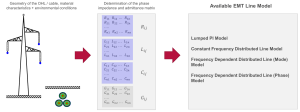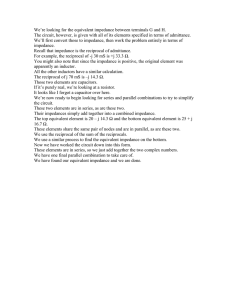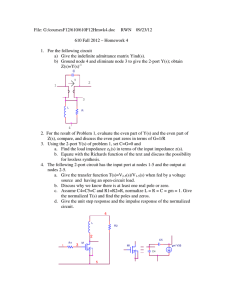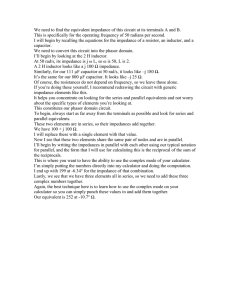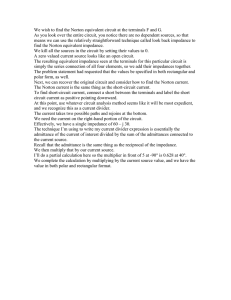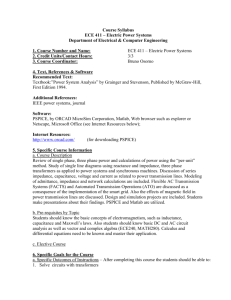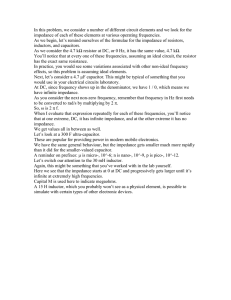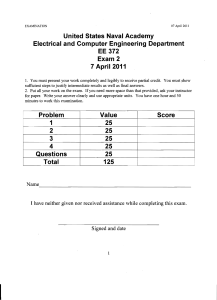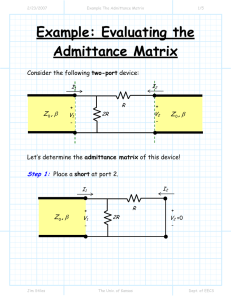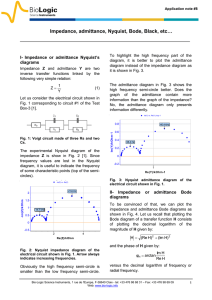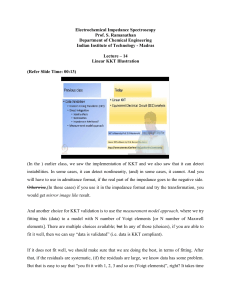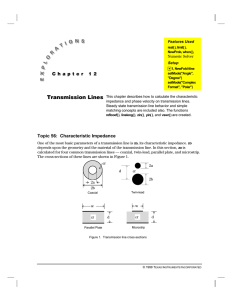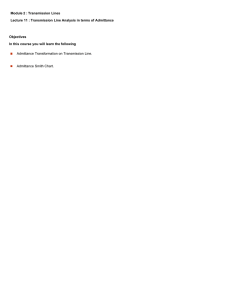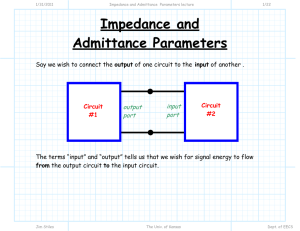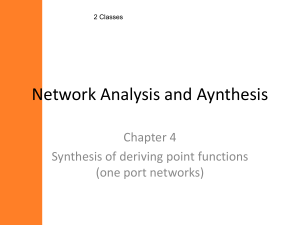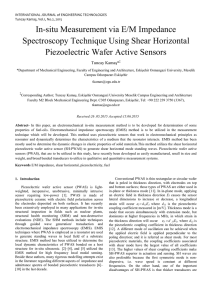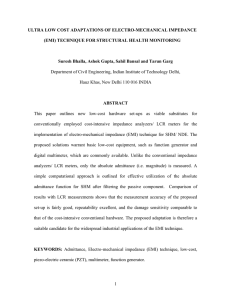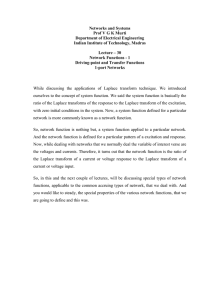We are looking for the equivalent admittance seen by the... Let’s put down some terminal indicators here.
advertisement
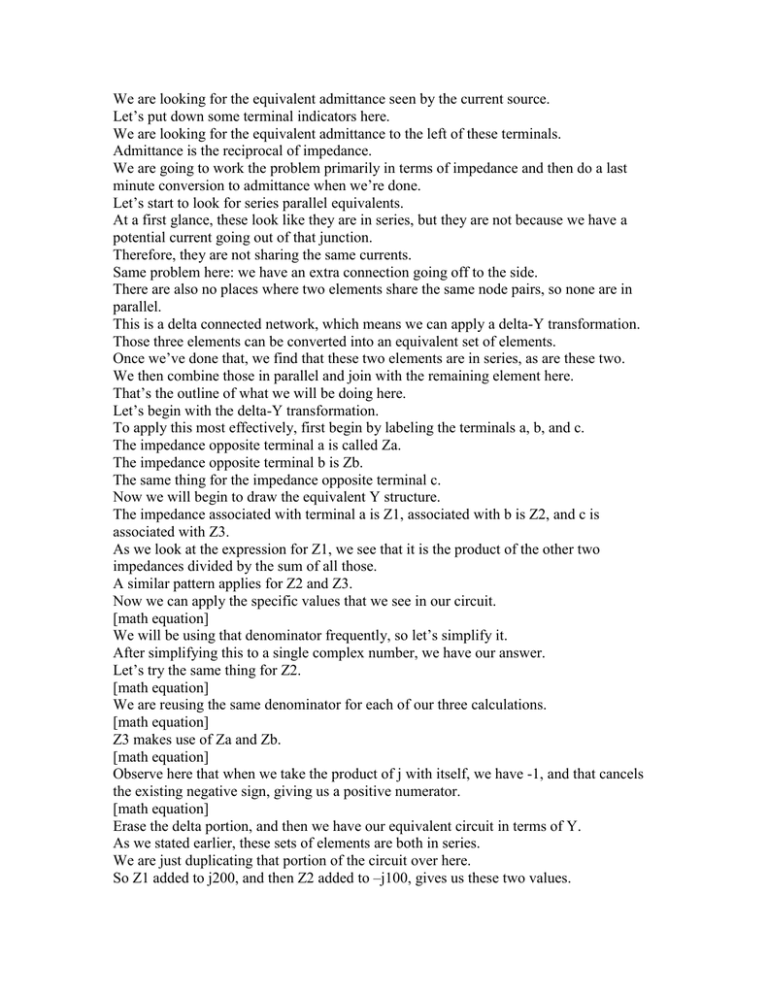
We are looking for the equivalent admittance seen by the current source. Let’s put down some terminal indicators here. We are looking for the equivalent admittance to the left of these terminals. Admittance is the reciprocal of impedance. We are going to work the problem primarily in terms of impedance and then do a last minute conversion to admittance when we’re done. Let’s start to look for series parallel equivalents. At a first glance, these look like they are in series, but they are not because we have a potential current going out of that junction. Therefore, they are not sharing the same currents. Same problem here: we have an extra connection going off to the side. There are also no places where two elements share the same node pairs, so none are in parallel. This is a delta connected network, which means we can apply a delta-Y transformation. Those three elements can be converted into an equivalent set of elements. Once we’ve done that, we find that these two elements are in series, as are these two. We then combine those in parallel and join with the remaining element here. That’s the outline of what we will be doing here. Let’s begin with the delta-Y transformation. To apply this most effectively, first begin by labeling the terminals a, b, and c. The impedance opposite terminal a is called Za. The impedance opposite terminal b is Zb. The same thing for the impedance opposite terminal c. Now we will begin to draw the equivalent Y structure. The impedance associated with terminal a is Z1, associated with b is Z2, and c is associated with Z3. As we look at the expression for Z1, we see that it is the product of the other two impedances divided by the sum of all those. A similar pattern applies for Z2 and Z3. Now we can apply the specific values that we see in our circuit. [math equation] We will be using that denominator frequently, so let’s simplify it. After simplifying this to a single complex number, we have our answer. Let’s try the same thing for Z2. [math equation] We are reusing the same denominator for each of our three calculations. [math equation] Z3 makes use of Za and Zb. [math equation] Observe here that when we take the product of j with itself, we have -1, and that cancels the existing negative sign, giving us a positive numerator. [math equation] Erase the delta portion, and then we have our equivalent circuit in terms of Y. As we stated earlier, these sets of elements are both in series. We are just duplicating that portion of the circuit over here. So Z1 added to j200, and then Z2 added to –j100, gives us these two values. [math equation] We need to convert these two, which are in parallel, to a single value. Then we can find the overall equivalent impedance. Turns out the imaginary part cancels for the circuit, and we have a purely resistive result. The admittance is the reciprocal of the impedance that we just calculated. So our answer is 1.11 millisiemens. And we are done.
